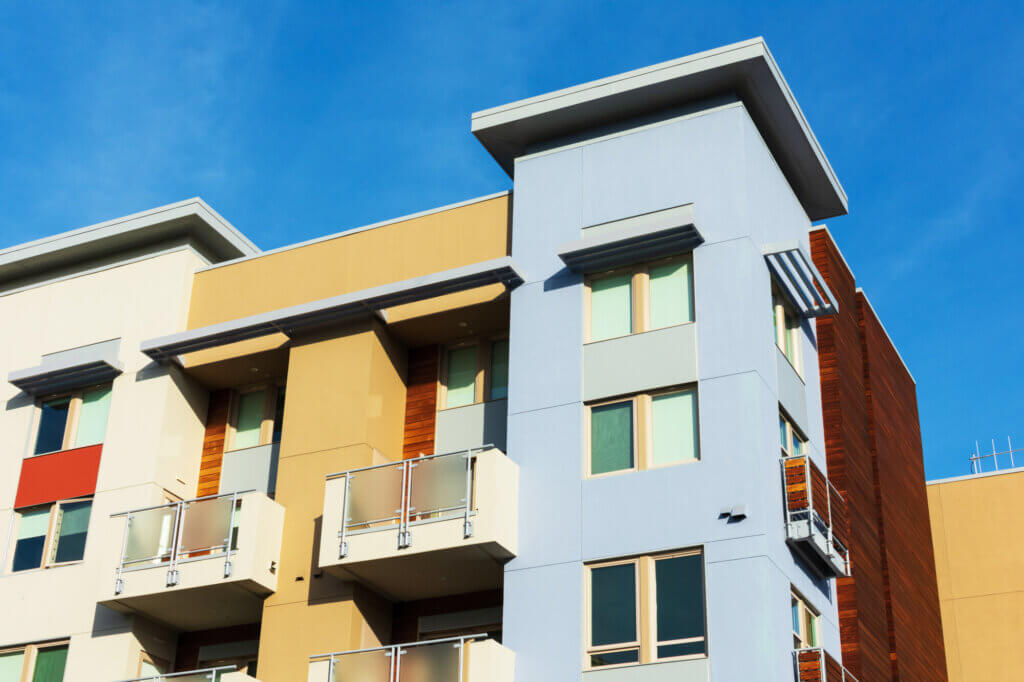Demystifying Development Math
Published On August 29, 2019
For many, the way that housing is built can be mysterious: a developer acquires the land and wins city approval, then at some point construction workers break ground, and eventually the new housing becomes a reality. But what about all of the steps in between? What factors go into whether or not something gets built? And what does it even mean to make a project “pencil”?
If you’ve ever found yourself wondering about these and other real estate finance questions, then our latest Terner Center publication is for you. In our new brief “Making It Pencil: The Math Behind Housing Development”, we walk through the calculations that a conventional, market-rate housing developer goes through to determine the financial feasibility of a typical multifamily rental project, and how different policy decisions impact this equation.
While developers spearhead the creation of new homes, they generally do not use their own money. Rather, they leverage capital from institutions and investors. A developer must demonstrate to these financial partners that their housing development can achieve threshold return requirements, or else housing does not get built. But meeting investor thresholds is easier said than done, especially in the face of escalating costs and growing development complexity.
To illustrate the relationship between the cost to build and what financial partners require, we created a “prototype” housing development and “put it out to bid” in three Northern California markets—Oakland, San Jose, and Sacramento. These case studies allow us to examine what makes up the full cost of a new home—from land costs to consultant fees to parking requirements to operating expenses—and how these costs are reflected in eventual monthly rents for tenants. Our brief goes beyond these baseline pro formas as well, examining how common requirements such as inclusionary zoning, impact fees, and extra parking change the development equation.
The relationship between policy priorities, development costs, and project financing is often not well understood. Our goal with this brief is to demystify the development process so that those engaged in discussions on housing broadly—from policy makers to the general public—can understand how new housing gets built, and how different variables impact this process. As we grapple with the need to construct more homes in a manner that aligns with affordability, sustainability, and other goals, understanding how homes gets financed and built in the first place has never been more important. While this brief does not cover all forms of development (e.g., subsidized affordable housing, for-sale housing, single-family development) the overarching theme is universal: building a nuanced, accessible understanding of the challenges is essential to forming thoughtful approaches to reform.





